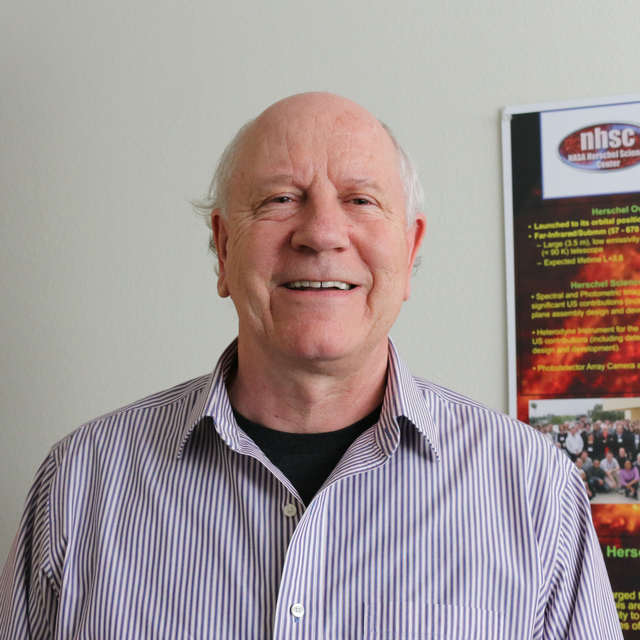November
2013
•
2013ApJ...777...66A
Authors
•
Appleton, P. N.
•
Guillard, P.
•
Boulanger, F.
•
Cluver, M. E.
•
Ogle, P.
•
Falgarone, E.
•
Pineau des Forêts, G.
•
O'Sullivan, E.
•
Duc, P. -A.
•
Gallagher, S.
•
Gao, Y.
•
Jarrett, T.
•
Konstantopoulos, I.
•
Lisenfeld, U.
•
Lord, S.
•
Lu, N.
•
Peterson, B. W.
•
Struck, C.
•
Sturm, E.
•
Tuffs, R.
•
Valchanov, I.
•
van der Werf, P.
•
Xu, K. C.
Abstract
•
We present the first Herschel spectroscopic detections of the [O I] 63 μm and [C II] 158 μm fine-structure transitions, and a single para-H2O line from the 35 × 15 kpc2 shocked intergalactic filament in Stephan's Quintet. The filament is believed to have been formed when a high-speed intruder to the group collided with a clumpy intergroup gas. Observations with the PACS spectrometer provide evidence for broad (>1000 km s-1) luminous [C II] line profiles, as well as fainter [O I] 63 μm emission. SPIRE FTS observations reveal water emission from the p-H2O (111-000) transition at several positions in the filament, but no other molecular lines. The H2O line is narrow and may be associated with denser intermediate-velocity gas experiencing the strongest shock-heating. The [C II]/PAHtot and [C II]/FIR ratios are too large to be explained by normal photo-electric heating in photodissociation regions. H II region excitation or X-ray/cosmic-ray heating can also be ruled out. The observations lead to the conclusion that a large fraction the molecular gas is diffuse and warm. We propose that the [C II], [O I], and warm H2 line emission is powered by a turbulent cascade in which kinetic energy from the galaxy collision with the intergalactic medium is dissipated to small scales and low velocities, via shocks and turbulent eddies. Low-velocity magnetic shocks can help explain both the [C II]/[O I] ratio, and the relatively high [C II]/H2 ratios observed. The discovery that [C II] emission can be enhanced, in large-scale turbulent regions in collisional environments, has implications for the interpretation of [C II] emission in high-z galaxies.
Herschel is an ESA space observatory with science instruments provided by European-led Principal Investigator consortia and with important participation from NASA.
Links




